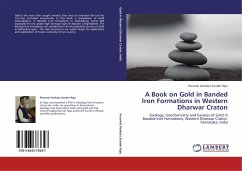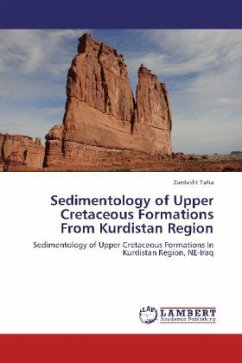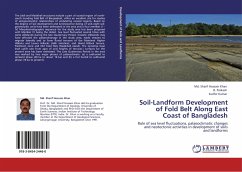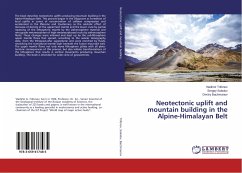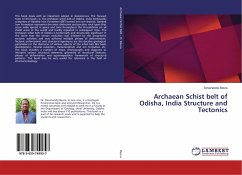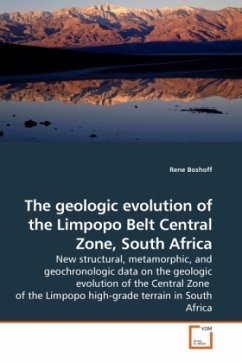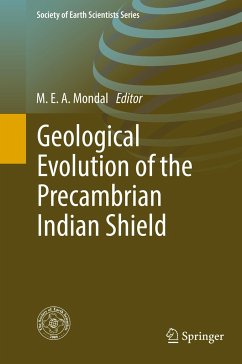
Tectonomagmatic Evolution of Precambrian segment:Mako belt Formations
Versandkostenfrei!
Versandfertig in 6-10 Tagen
32,99 €
inkl. MwSt.

PAYBACK Punkte
16 °P sammeln!
The Kedougou Kenieba Inlier (KKI) (Paleoproterozoic of Eastern Senegal) is a portion of the West African Craton (WAC) containing a granite-greenstone terrain that experienced three distinct periods of magmatic activity, peaking at 2200, 2160 2130 and 2100 2070 Ma. In the Inlier, Paleoproterozoic granitoids and large-scale transcurrent shear zones are spatially associated, suggesting a genetic link between magma bodies and shear zones.In Mako Belt, Granitic intrusions are associated with all the volcanic episodes and phases of deformation, and have been used to constrain the age of many of thes...
The Kedougou Kenieba Inlier (KKI) (Paleoproterozoic of Eastern Senegal) is a portion of the West African Craton (WAC) containing a granite-greenstone terrain that experienced three distinct periods of magmatic activity, peaking at 2200, 2160 2130 and 2100 2070 Ma. In the Inlier, Paleoproterozoic granitoids and large-scale transcurrent shear zones are spatially associated, suggesting a genetic link between magma bodies and shear zones.In Mako Belt, Granitic intrusions are associated with all the volcanic episodes and phases of deformation, and have been used to constrain the age of many of these events.The deformation sequence indicate that the Mako Greenstone Belt and the adjacent granitoid complexes have undergone a multi-phase evolutionary history that is spread over a prolonged period.



